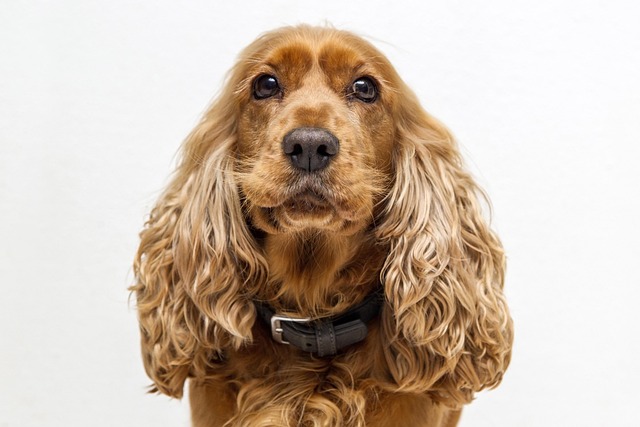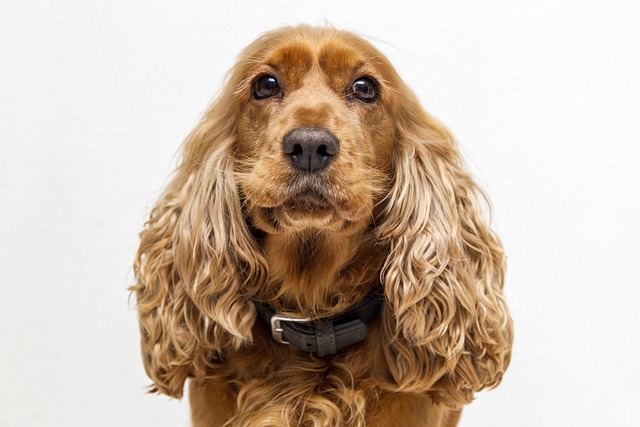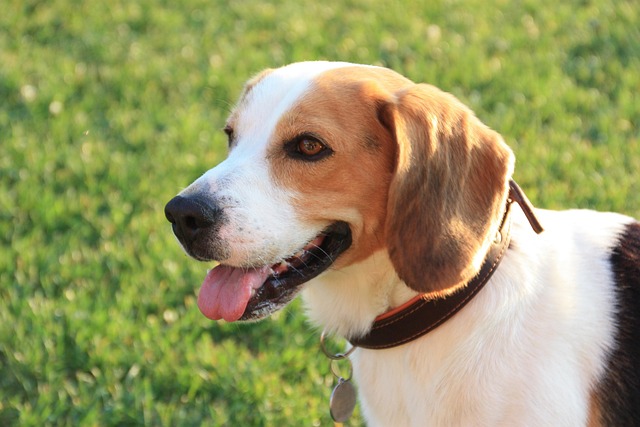
When will Samoyed have his teeth changed
When you look down at the Samoyed by your feet, it rubs your palm with its wet nose, revealing pink gums and tiny teeth.
The clear and bright eyes of dogs are an important window for establishing emotional connections with us. When this window is covered with haze, the owner is often distressed and anxious. In the face of dog eye diseases, mastering scientific care and intervention methods is not only to protect their health, but also to continue the warm time of each other's company. Next, we will explore in depth how to help fur children troubled by eye problems.
Eye problems are very common in dogs. Different breeds of dogs are susceptible to different diseases due to differences in physiological structure. Short-nosed dog breeds such as bulldogs and Pekingese are prone to problems such as entropion and corneal ulcers due to protruding eyeballs and wrinkled skin around the eyes; and dog breeds with drooping ears such as cocker spaniels and golden retrievers are prone to ear infections that spread to the eyes and cause conjunctivitis. When the dog is found to scratch the eyes frequently, tears increase, conjunctival redness, abnormal eye secretions and other symptoms, the owner must be vigilant. These symptoms may be precursors to eye diseases such as conjunctivitis, keratitis, and cataracts, and some systemic diseases, such as diabetes and kidney disease, may also manifest in the eyes. For example, dogs with diabetes may develop cataracts in the later stage, leading to a sharp decline in vision.
If dog eye problems are not treated in time, serious consequences may occur. If mild conjunctivitis is delayed in treatment, further invasion of bacteria or viruses may cause keratitis, resulting in corneal perforation, and eventually even the need to remove the eyeball; if cataracts develop to the mature stage, it will not only cause blindness in dogs, but may also cause glaucoma, causing severe pain and greatly affecting the quality of life of dogs. Therefore, once the dog's eyes are found to be abnormal, the owner should take it to a professional pet hospital as soon as possible. The veterinarian will understand the dog's recent diet and living environment changes through detailed interviews, and then combine eye examinations, such as fluorescent staining to determine whether the cornea is damaged, intraocular pressure measurement to check for glaucoma, and slit lamp examination to observe the fine structure of the eye, to accurately diagnose the cause and develop a personalized treatment plan.
 During the treatment process, drug therapy is a common method. The veterinarian will prescribe the corresponding medication for different causes. If conjunctivitis is caused by bacterial infection, antibiotic eye drops or eye ointments are usually used, such as tobramycin eye drops. They are applied to dogs regularly according to the doctor's instructions, usually once every 4-6 hours, 1-2 drops each time, and the medicine is dropped into the conjunctival sac to ensure the effectiveness of the medicine. If the eye problem is caused by allergies, anti-allergic drugs such as loratadine may be needed, but the dosage must be strictly in accordance with the veterinarian's instructions, because dogs and humans have different tolerance to drugs. When taking the medicine, the dog may resist. The owner must be patient. You can first gently stroke its head and neck to soothe its emotions, then gently pull open the dog's eyelids with one hand, and quickly drop the medicine with the other hand.
During the treatment process, drug therapy is a common method. The veterinarian will prescribe the corresponding medication for different causes. If conjunctivitis is caused by bacterial infection, antibiotic eye drops or eye ointments are usually used, such as tobramycin eye drops. They are applied to dogs regularly according to the doctor's instructions, usually once every 4-6 hours, 1-2 drops each time, and the medicine is dropped into the conjunctival sac to ensure the effectiveness of the medicine. If the eye problem is caused by allergies, anti-allergic drugs such as loratadine may be needed, but the dosage must be strictly in accordance with the veterinarian's instructions, because dogs and humans have different tolerance to drugs. When taking the medicine, the dog may resist. The owner must be patient. You can first gently stroke its head and neck to soothe its emotions, then gently pull open the dog's eyelids with one hand, and quickly drop the medicine with the other hand.
In addition to drug treatment, daily care is essential for the recovery of dog's eye health. Keeping the eyes clean is the basis. Soak a soft cotton ball or cotton pad in clean warm water every day, and gently wipe from the beginning of the eye to the end of the eye to remove eye secretions. The force must be gentle when wiping to avoid damaging the dog's fragile eye tissue. If the dog has a wound on the eye, it is best to consult a veterinarian before wiping it and choose a suitable cleaning solution, such as saline. In addition, it is also critical to create a clean and comfortable living environment for the dog. Clean the dog's bed mat and toys regularly to avoid dust, hair and other irritation to the eyes; control allergens such as pollen and dust mites at home, which is especially important for dogs with allergies.
For some dogs with congenital eye diseases or more serious eye problems, surgical treatment may be required. For example, dogs with entropion need to correct the eyelid position through surgery to restore it to normal; dogs with severe cataracts may need phacoemulsification to remove the cloudy lens and implant an artificial lens. There are certain risks in surgery. The owner should fully communicate with the veterinarian before the operation to understand the surgical process, possible complications and postoperative care points. Postoperative care directly affects the effect of the operation. The owner should strictly follow the doctor's instructions to wear an Elizabethan collar for the dog to prevent it from scratching the eye and affecting wound healing; at the same time, closely observe the condition of the eye wound. If there are abnormalities such as redness, swelling, and exudation, contact the veterinarian in time.
In addition to disease treatment and care, prevention should not be ignored. Take your dog for a comprehensive physical examination regularly, including an eye examination, to achieve early detection and early treatment. A scientific diet can also provide protection for the dog's eye health. Choose high-quality dog food rich in vitamins A, C, E and Omega-3 fatty acids. These nutrients help maintain the normal function of eye tissues. Carrots are rich in vitamin A and blueberries are rich in antioxidants. Proper feeding of dogs can enhance eye resistance. In addition, pay more attention to the dog's daily behavior. If it is found that it is slow to respond to toys and easily bumps into things when walking, it may be a problem with vision. See a doctor in time for examination.
Dogs cannot express pain in words, and their health depends on the careful care of their owners. When dogs encounter eye problems, the patience, care and scientific care of their owners are a powerful force to help them overcome the disease.

When you look down at the Samoyed by your feet, it rubs your palm with its wet nose, revealing pink gums and tiny teeth.

When you gently stroke the fluffy, soft white fur of a Samoyed and feel the smoothness under your fingertips, it's like touching a warm cloud

The clear and bright eyes of dogs are an important window for establishing emotional connections with us. When this window is covered with haze, the owner is often distressed and anxious.

When the dog that used to be gentle and cute, wagging its tail to greet you, suddenly bares sharp teeth, emits low growls, or even makes lunging bites,

When you gently stroke a Schnauzer's fluffy head, its ears—like fairy wings—flick softly, as if whispering boundless joy. However,

As pet owners,we always want to give our dogs the best care,and deworming is an important part of daily care.The question of"whether to feed deworming medicine to dogs without parasites"involves health considerations and emotional care.